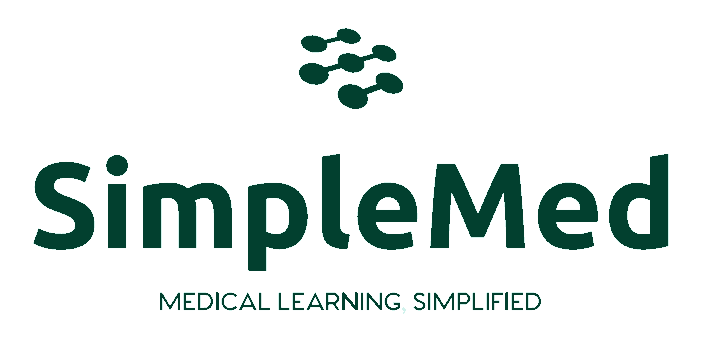Cell Physiology and Biology
Learn the many functional components of cells, their roles within the organs and systems they reside in and how they work on a biochemical level to deliver the physiology we see and expect.
Click a title to view the article on the topic and its associated quiz!
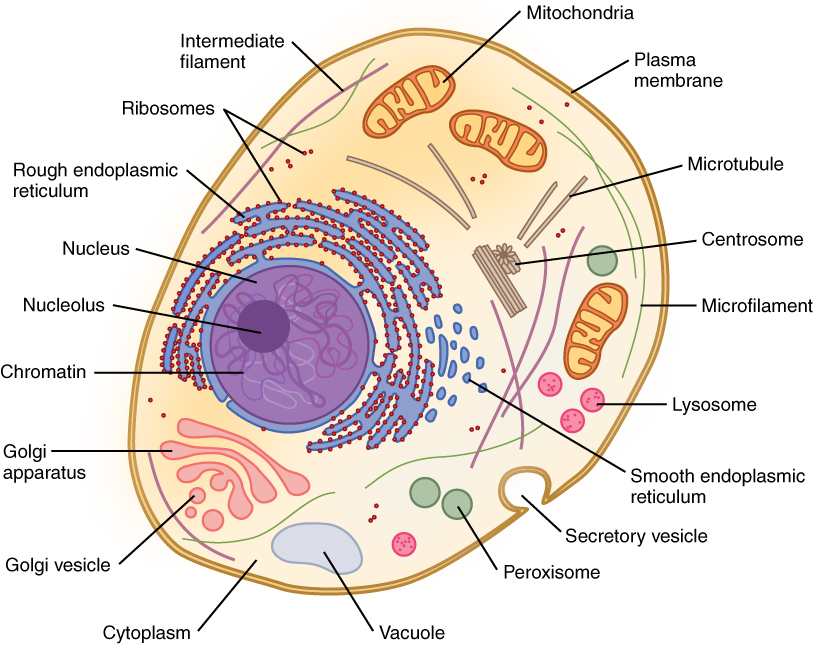
1. An Introduction to the Cell
- Be able to recognise the different organelles within a eukaryotic human cell and know their function.
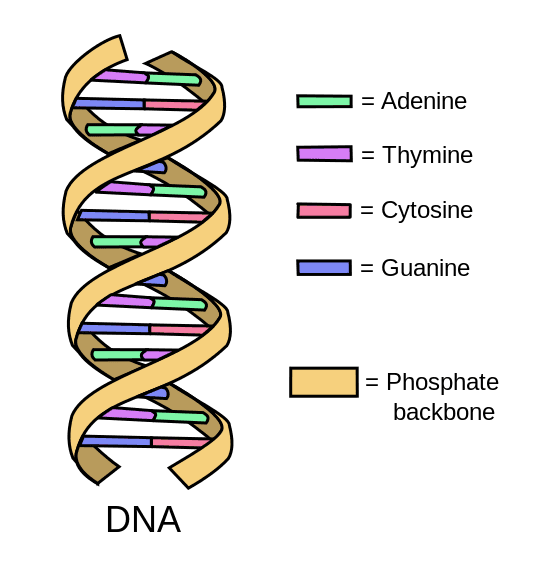
- Be able to understand the packaging and structure of DNA
- Be able to describe DNA replication
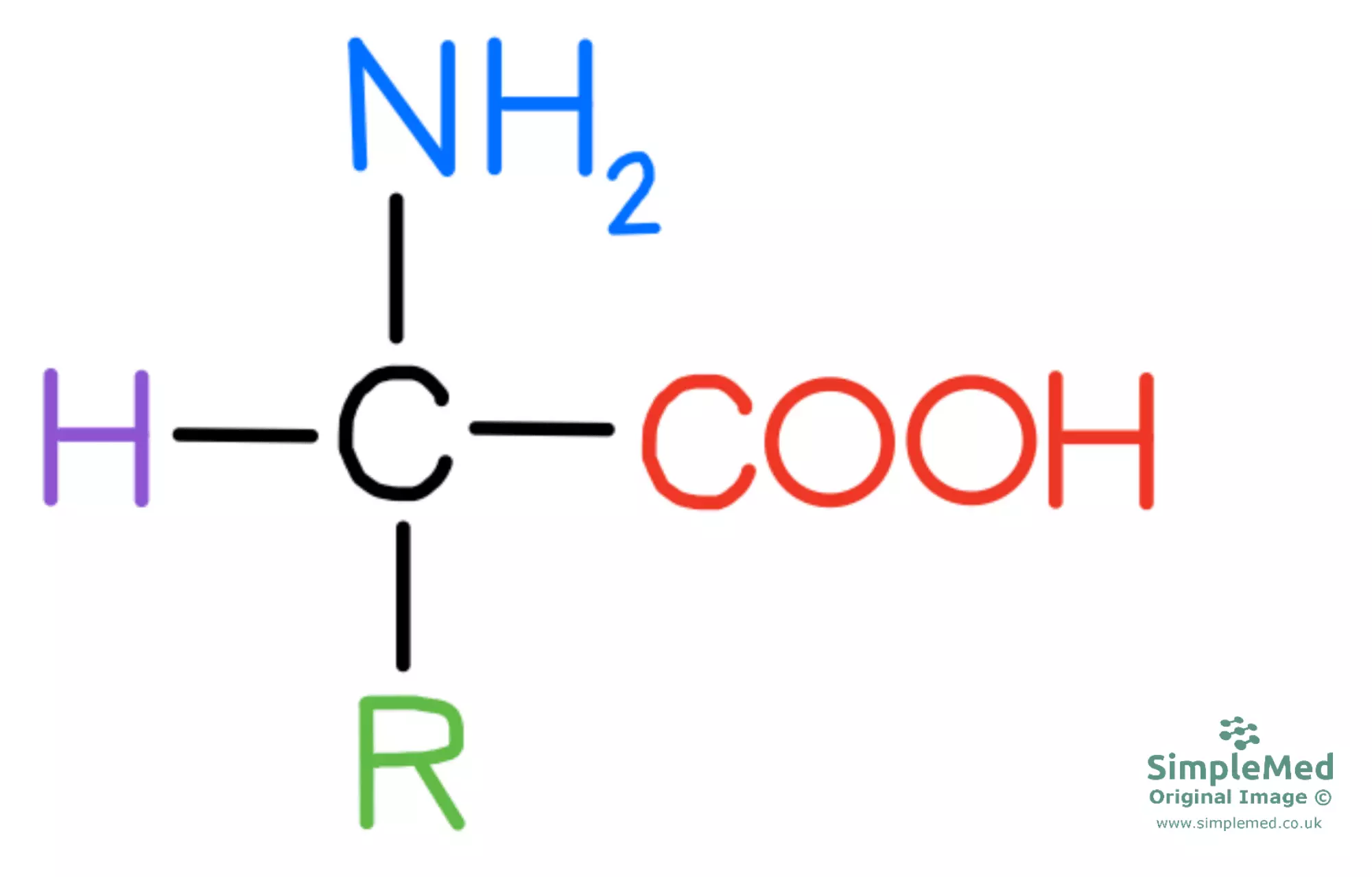
- Be able to understand the structure of an amino acid and the different states an amino acid can exist in
- Be able to describe formation of a polypeptide
- Be able to describe the various structures of a polypeptide
- Be able to understand how the structure of the protein can affect its function
- Be able to describe how misfolding of a protein can affect its role within the human body
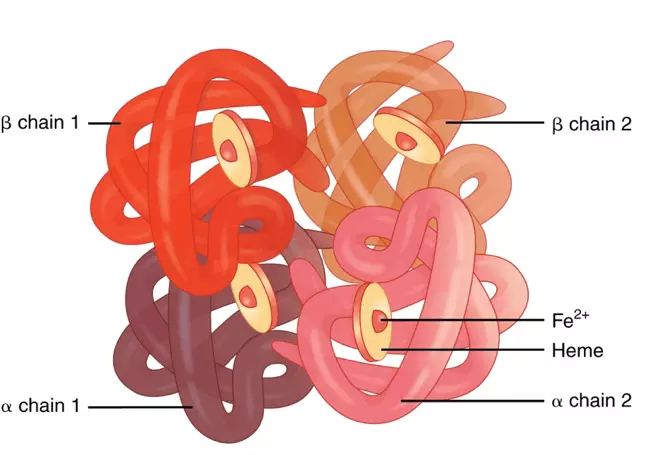
4. Protein Function in Oxygen Transport
- Be able to understand the structure and function of myoglobin
- Be able to understand the structure and function of haemoglobin
- Be able to draw comparisons between the haem proteins myoglobin and haemoglobin
- Be able to describe and explain how haemoglobin’s affinity for oxygen can be changed by molecules or changes in the surroundings
- Be able to explain how foetal haemoglobin differs from adult haemoglobin and why this is important in the development of a foetus
- Be able to understand how a mutation in the globin chain genes for haemoglobin can lead to diseases such as thalassaemia and sickle cell anaemia
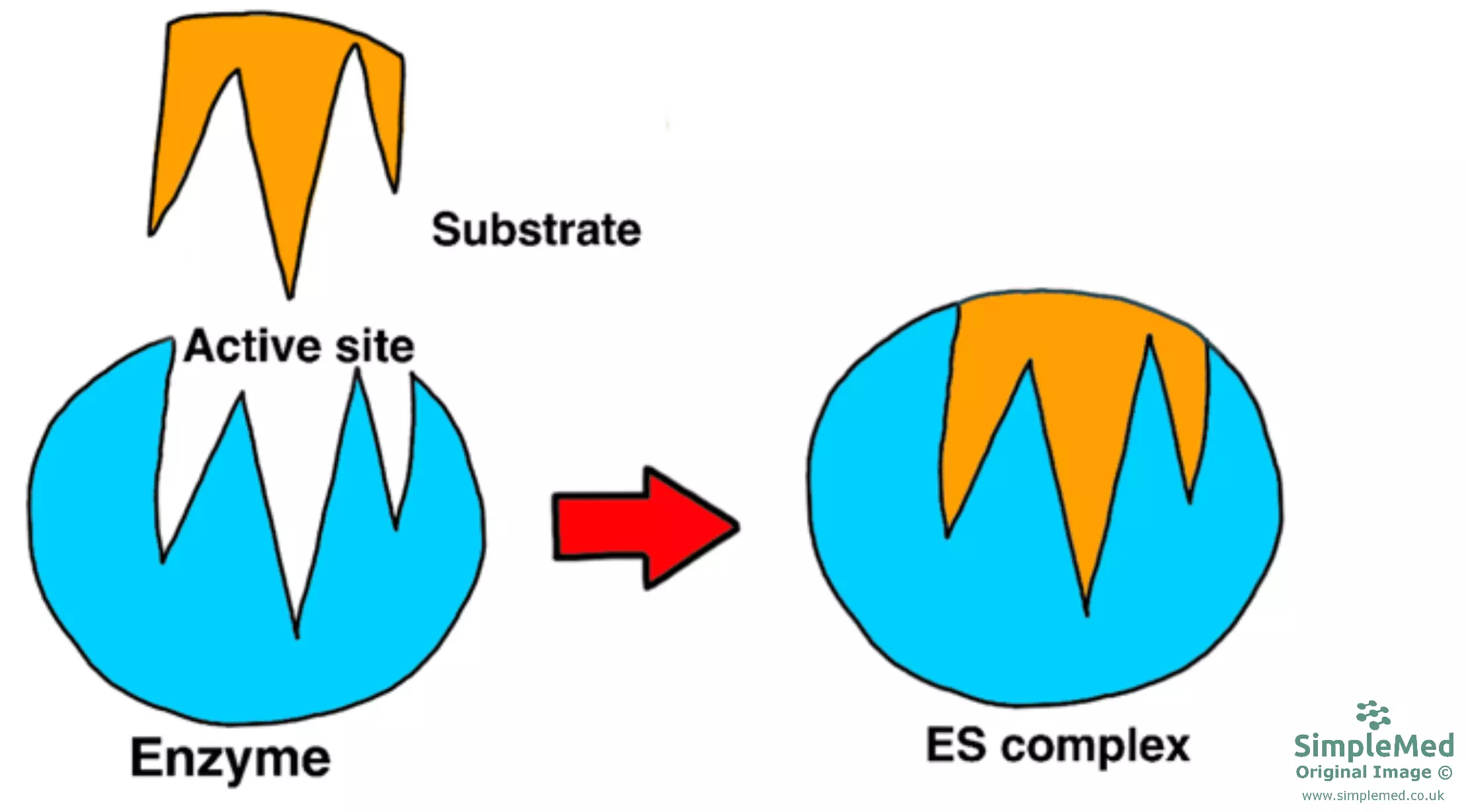
5. Enzymes and Regulation of Protein Function
- Be able to understand the important role enzymes play in reactions.
- Be able to understand the features of enzymes that allow them to carry out their function.
- Be able to describe the kinetics of enzymes.
- Be able to understand how different inhibitors affect the kinetics of enzymes and how these inhibitors affect the distribution of the kinetics on graphs.
- Be able to understand how enzymes and other proteins are regulated in various ways in the short term and long term.
- Be able to understand how the blood clotting cascade is an example of regulating proteins.
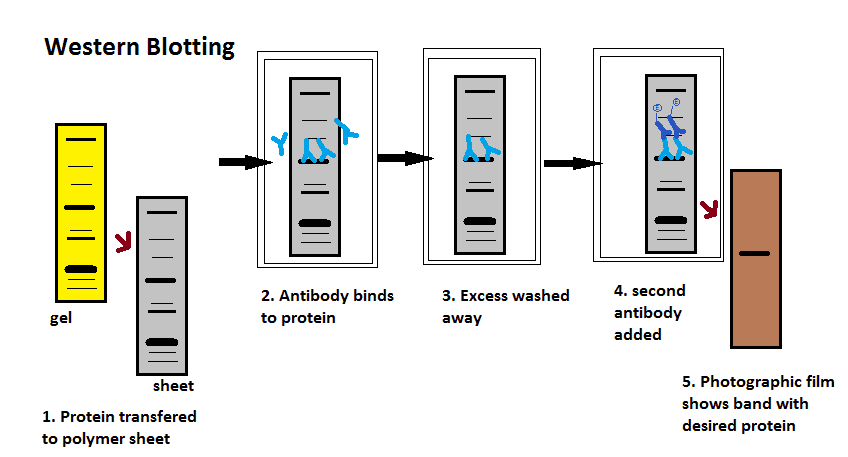
6. Molecular Techniques for Medics
- Be aware of and have a basic understanding of the molecular techniques used in labs to create diagnoses and analyse genomes, using patient samples.
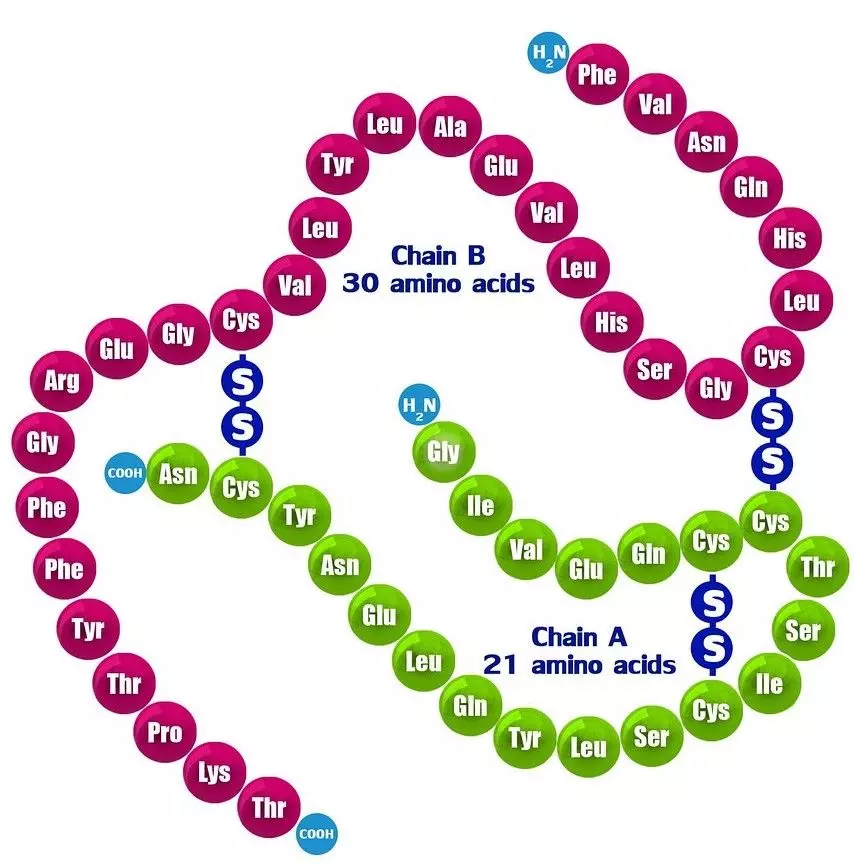
7. Post-Translational Modification and Collagen Biosynthesis
- Be able to describe the most common types of post-translational modification including phosphorylation and glycosylation
- Be able to understand how the most common types of post-translational modification affect the activity of proteins
- Be able to describe how insulin is an example of proteolytic cleavage
- Be able to describe the two types of secretory pathways
- Be able to understand the structure of collagen
- Be able to describe the synthesis of collagen
- Be able to describe the various post-translational modifications that occur in collagen synthesis
- Be able understand how deficiencies in certain molecules can lead to abnormalities in the structure of collagen
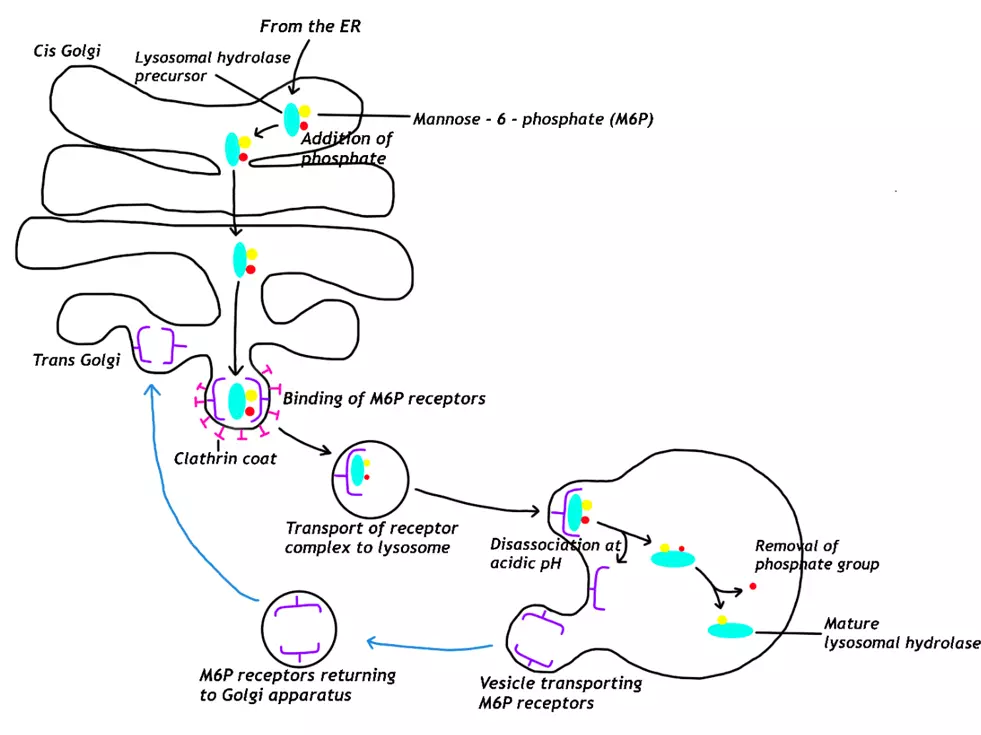
- To be able to understand the differences in where proteins are produced within the cell depending on their overall function
- To be able to understand the common processes for targeting proteins to the various organelles with a cell
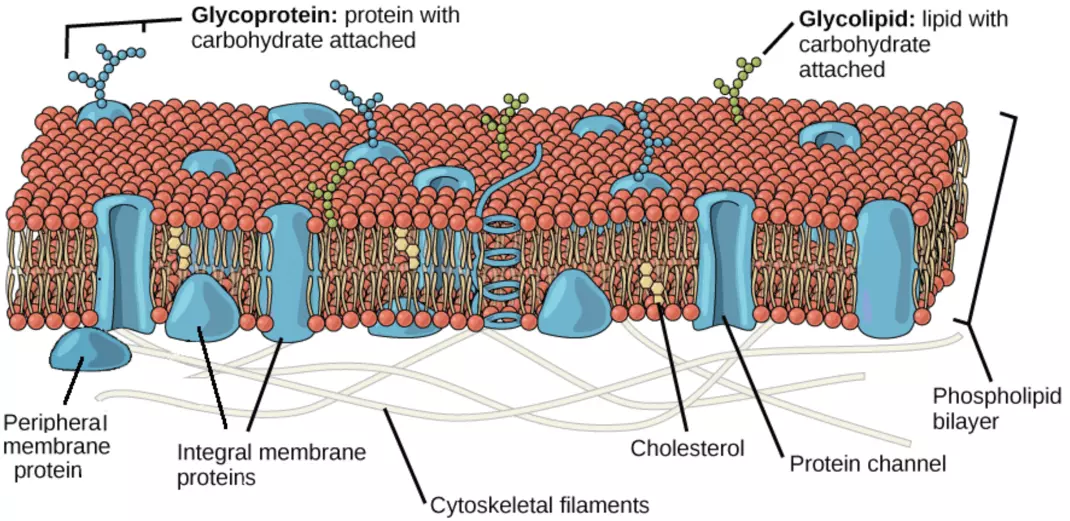
- Describe the structure of a cellular membrane and relate this to its function, with particular reference to the erythrocyte membrane.
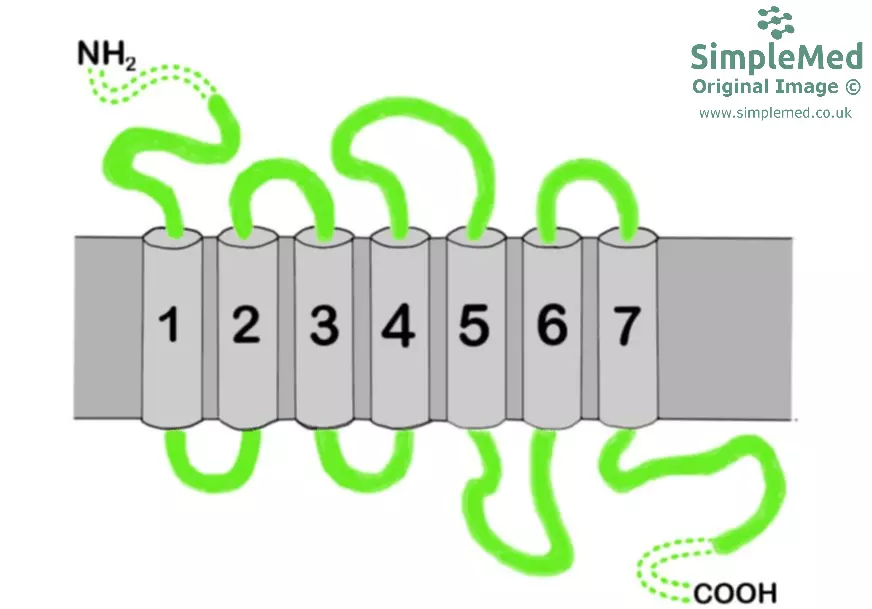
10. G-Protein Coupled Receptors
- Understand the structure of G-protein coupled receptors (GPCRs) and their role in signal transduction, with reference to some tissue-specific examples.
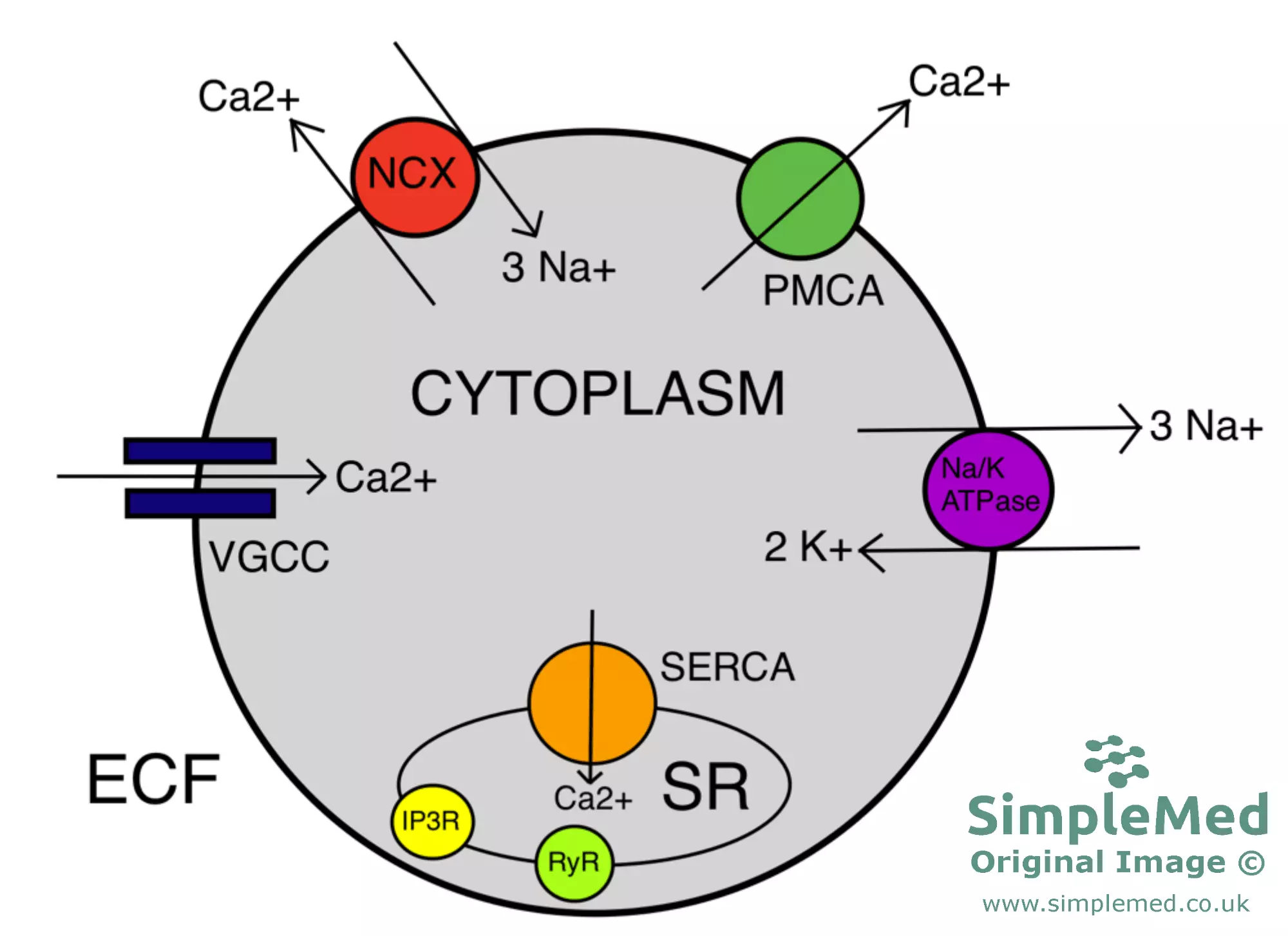
11. Membrane Transport and Intracellular Calcium Regulation
- Describe the mechanisms by which substances can cross cell membranes, with particular reference to calcium ions.
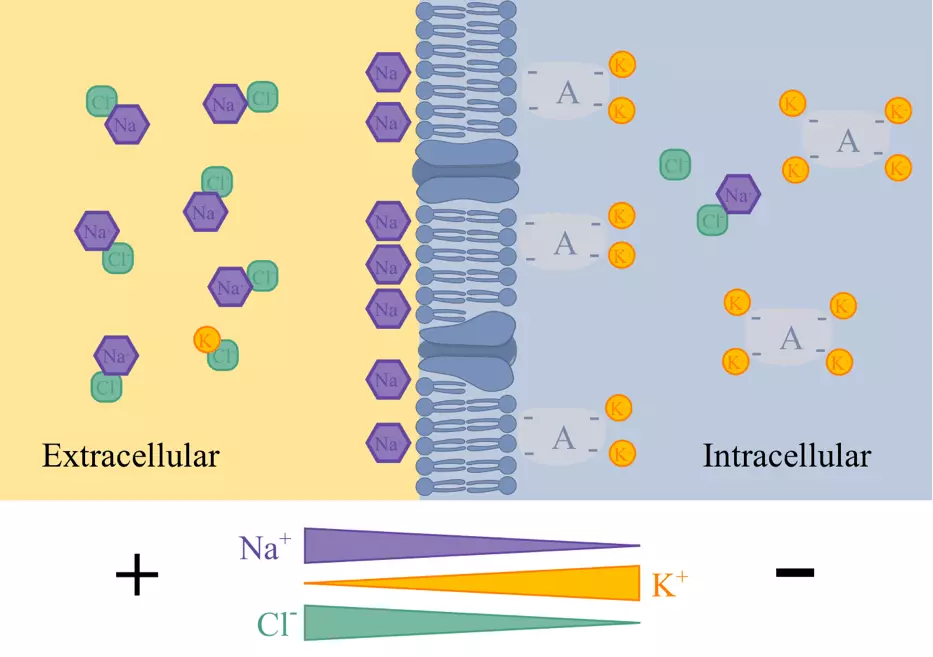
- To understand what is meant by the cell’s membrane potential
- To be able to explain how the membrane potential is generated and how it can be changed
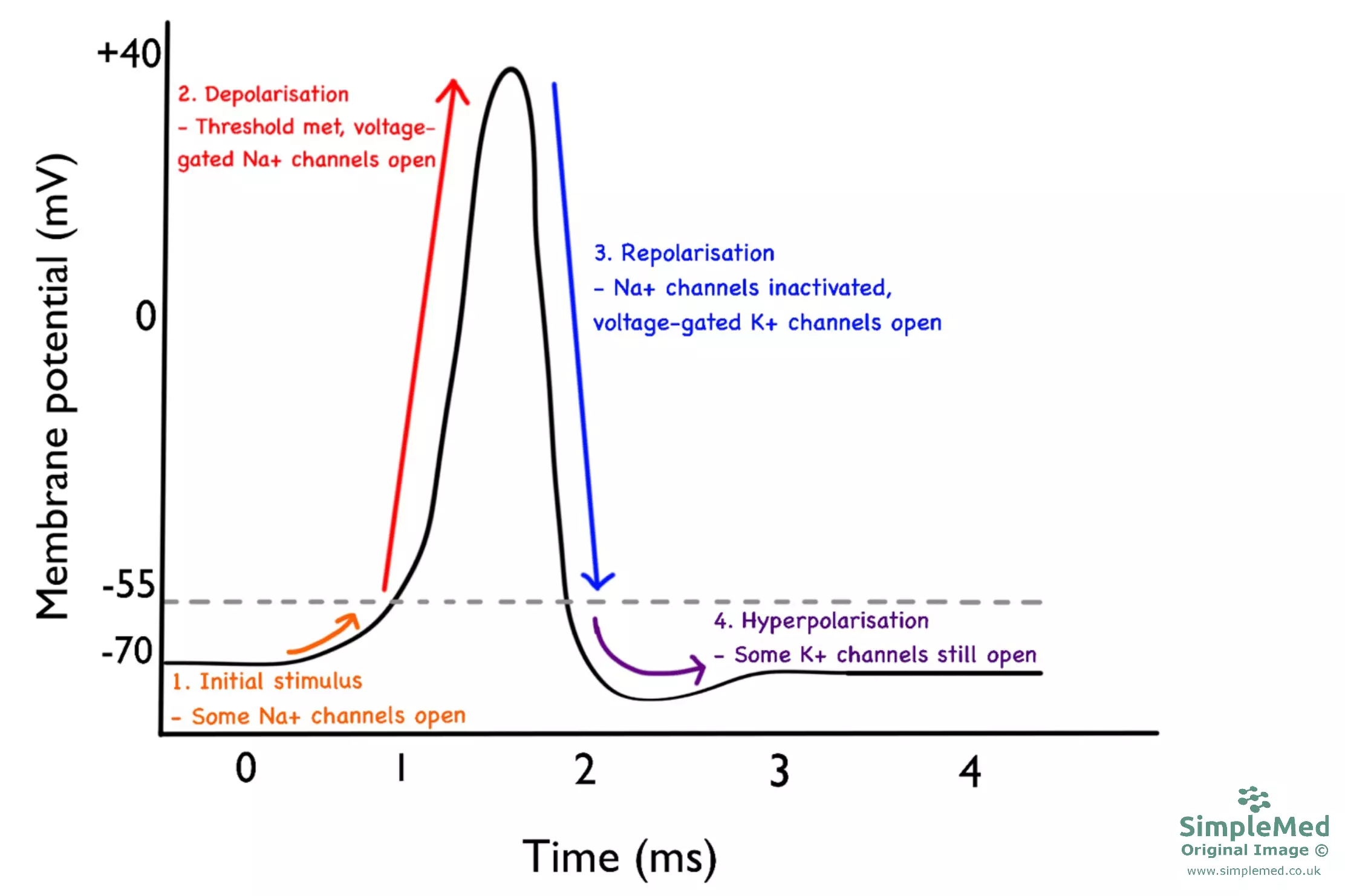
- To understand how an action potential is generated and propagated in neurones
- To be able to explain how neurones communicate with skeletal muscle cells at the neuromuscular junction
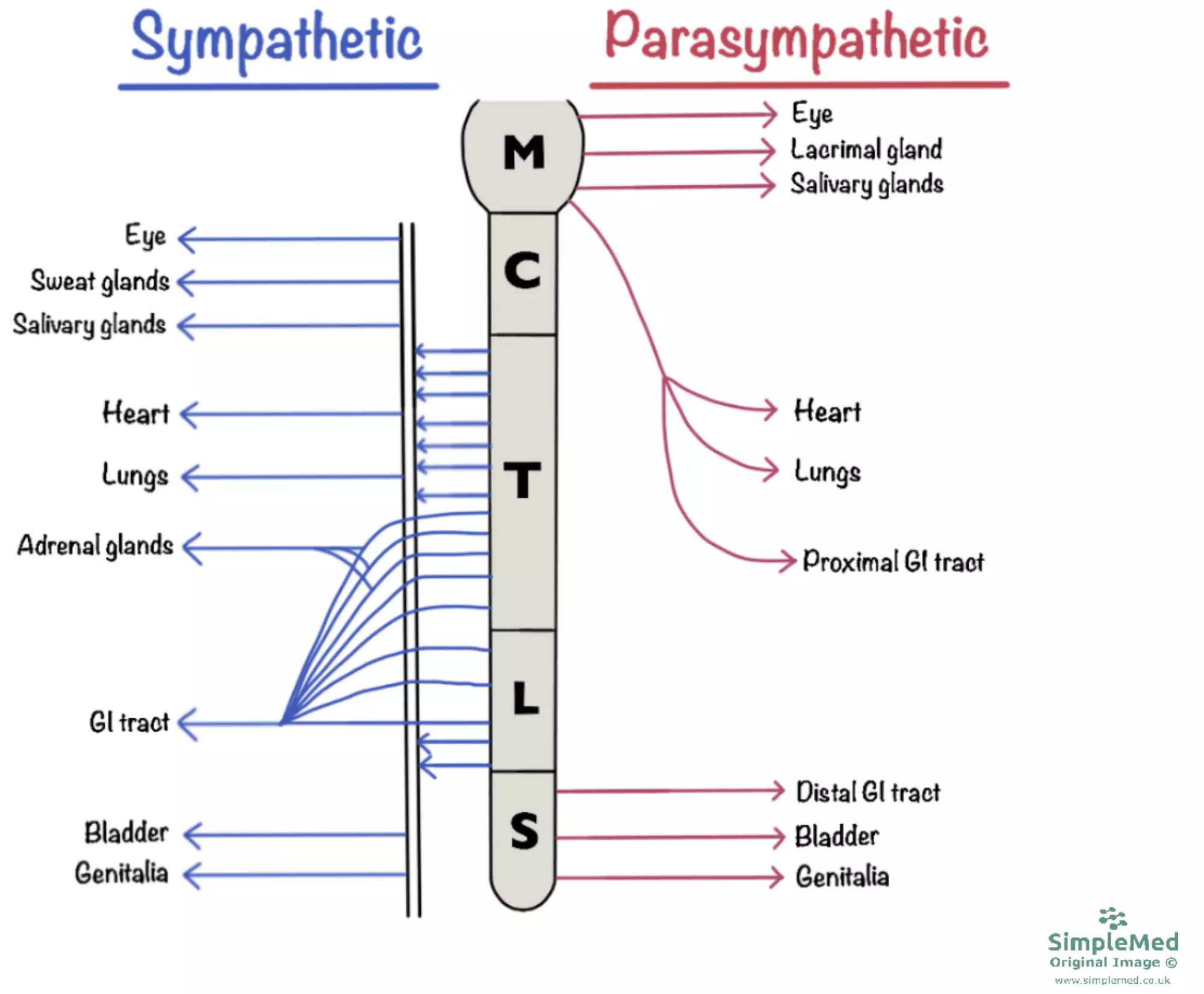
14. Autonomic Nervous System Introduction
- To understand the organisation of the autonomic nervous system
- To understand the actions of the autonomic nervous system at a physiological and molecular level
Finished here? Check out our other subjects!
The medical information on this site is provided as an information resource only, and is not to be used or relied on for any diagnostic or treatment purposes. This information is intended for medical education, specifically to biological/medical learning inclined individuals, and does not create any doctor-patient relationship, and should not be used as a substitute for professional diagnosis and treatment.
